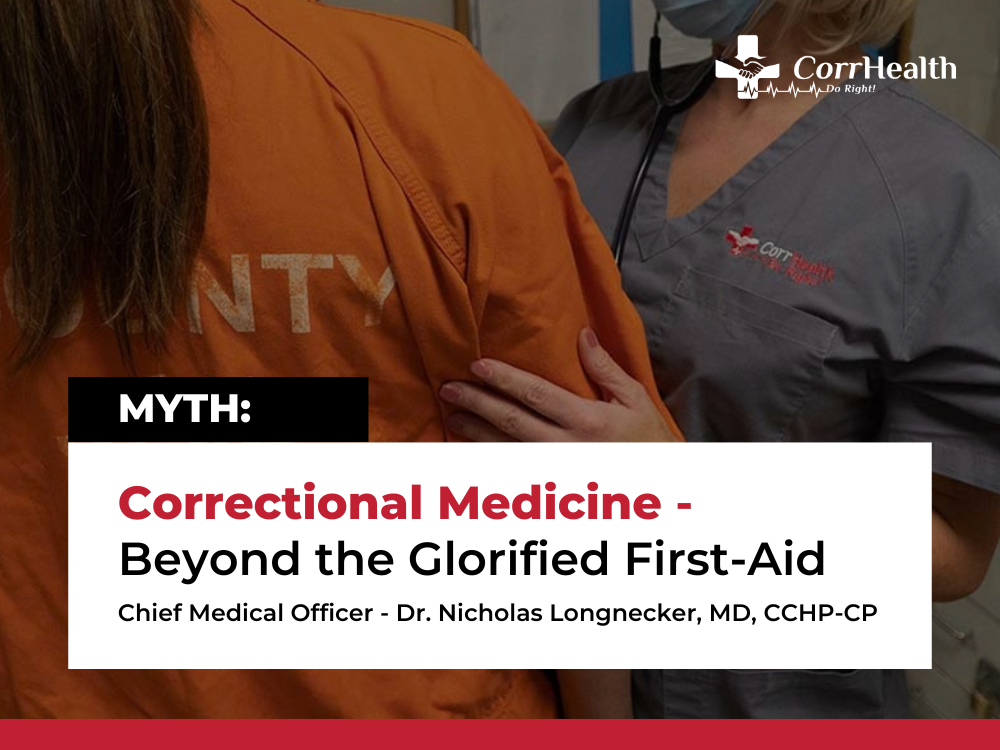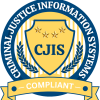Walk into a correctional facility, and you might be surprised by the scope and complexity of the healthcare being delivered. One of the most persistent and damaging myths about correctional healthcare is that it begins and ends with basic first aid—just a Band-Aid here, an ice pack there, maybe a quick blood pressure check.
That couldn’t be further from the truth.
Correctional healthcare professionals aren’t just tending to minor injuries. They’re diagnosing chronic illnesses, managing acute psychiatric emergencies, overseeing long-term treatment plans, and addressing the needs of one of the most medically vulnerable populations—all within the secure and often unpredictable environment of a jail or prison. These are real clinicians delivering high-quality care to individuals who often have nowhere else to turn.
To suggest this work is “just first aid” doesn’t merely overlook the depth of expertise involved—it misrepresents the care being provided and undermines the standards of practice we hold ourselves to every day.
A Health System Under Lockdown
Compared to community-based settings, prisons are a closed system. All medical issues—acute trauma, chronic disease, mental health, dental care—must be managed within the walls of the facility, usually without immediate access to hospitals or specialists. Providers must function as primary care providers, ER docs, psychiatrists, and public health professionals, with decisions made on limited resources and special security concerns.
Every patient encounter must also incorporate safety protocols, custody cooperation, and legal surveillance. Providers are to deliver care at the level of the community, in addition to addressing security risks, behavior control, and potential involuntary compliance —a long way from the low-acuity character implied by the “first aid” myth.
Chronic Disease and Aging Populations
The incarcerated population is disproportionately afflicted with many complex chronic diseases. Diabetes, hypertension, COPD, liver disease, and HIV/AIDS are all significantly more common in jails and prisons than in the general population. The incarcerated population is also aging, with increasingly larger numbers of inmates in their 50s and 60s with geriatric syndromes—mobility, cognition, cancer—long-term care planning for which is at the level of skilled nursing facilities.
Mental Health at the Forefront
Among the greatest challenges of correctional medicine is the extremely high prevalence of mental illness and alcohol and other drug use disorders. Practitioners must manage schizophrenia, bipolar disorder, profound depression, and trauma disorders in a setting less than optimally conducive to therapeutic interventions. Stabilization of psychiatric illness, suicide prevention, and medication-assisted treatment of opioid use disorder are all components of correctional care, often delivered in conjunction with legal, custodial, and behavioral health personnel.
Public Health and Legal Liability
Correctional facilities are also public health centers. Outbreaks of COVID-19, hepatitis, tuberculosis, and other infectious diseases require coordinated infection control measures. Preventive screening—cancer, HIV, STIs—must be offered based on age and risk. Health care providers in corrections are also responsible under constitutional law, with the courts requiring prisons and jails to meet the standard of “deliberate indifference” for inadequate care, with full legal liability exposure and the need for thorough documentation and evidence-based practice.
Conclusion
Correctional medicine isn’t a default or “easier” practice—it’s mission-driven, high-stakes medicine that requires flexibility, clinical depth, and toughness. It’s a specialty in which medical choices have not just health but also legal and operational consequences. Far from glorified first aid, correctional healthcare is an integral, dynamic practice that necessitates both clinical excellence and unrelenting dedication to an acutely vulnerable group.
Dr. Nicholas Longnecker, MD CCHP CMO
Chief Medical Officer






